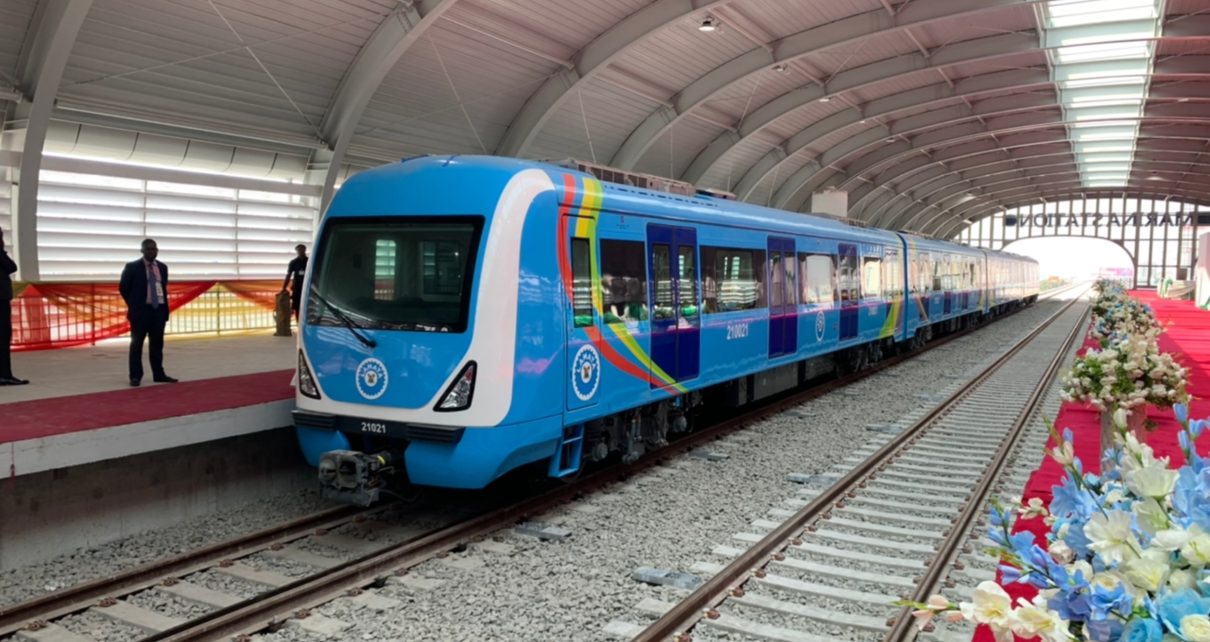Red Line now operational, Green Line set to break ground, airport terminal facelift approved
In a bold push to transform mobility and ease congestion across Nigeria’s most populous city, the Lagos State Government and Federal authorities have unveiled major strides in infrastructure development—marking what experts are calling an “unprecedented transport revolution” in the megacity.
This week, the Federal Executive Council approved a ₦712 billion upgrade of Terminal One at Murtala Muhammed International Airport. The 22-month project will see the aging facility undergo a full-scale rehabilitation to modern standards, reinforcing Lagos’ position as West Africa’s key aviation hub.
“This is not just a facelift,” one aviation analyst noted. “It’s a reimagining of Lagos’ front door to the world.”
Meanwhile, rail development continues apace. The Red Line of the Lagos Rail Mass Transit system is now operational along its Phase I corridor—connecting Agbado to Oyingbo—providing relief to thousands of commuters who previously endured gridlock on the Lagos-Abeokuta Expressway. With eight stations and dedicated overpasses at major intersections, the Red Line is already hailed as a game-changer in the city’s chaotic traffic ecosystem.
Construction on Phase II, which extends the Red Line southwards to Marina and integrates with other urban lines, is expected to commence later this year.
Equally ambitious is the Green Line, a newly unveiled 68-kilometre corridor stretching from Marina to the Lekki Free Trade Zone. Envisioned to carry more than 500,000 passengers daily, the Green Line will service growing residential and industrial clusters along the Lekki axis, including Ibeju-Lekki and the Dangote Refinery precinct. The project—awarded to a Chinese consortium—is expected to be completed in a single phase with the support of the Ministry of Finance Incorporated (MOFI).
Beyond rail, Lagos continues to invest in road expansion. Work is ongoing on the first 30-kilometre segment of the Lagos-Calabar Coastal Highway, flagged off earlier in May by President Bola Tinubu. Designed as a 10-lane expressway spanning six states, the 700-kilometre megaproject is expected to significantly bolster trade, tourism, and regional integration when completed in 2031.
In addition, the much-anticipated Fourth Mainland Bridge—a 38-kilometre dual carriageway linking Lekki and Ikorodu—is nearing final procurement. Featuring multiple interchanges, toll plazas, and dedicated lanes for Bus Rapid Transit (BRT), the bridge is projected to be the longest in Africa upon completion.
“These intermodal projects aren’t just concrete and steel—they’re part of a strategic blueprint for Lagos to become a livable, efficient global city,” said a senior official at the Lagos Metropolitan Area Transport Authority (LAMATA).
Commuters, while cautiously optimistic, are already reporting improved transit times along the Red Line corridor. However, many urge authorities to prioritise affordability, last-mile connectivity, and enforcement of right-of-way regulations to ensure the sustainability of the new systems.
Analysts say that if timelines are met and maintenance standards upheld, Lagos may well enter a new chapter in urban mobility—one driven by integrated planning, public-private collaboration, and a firm commitment to easing the city’s daily commuter burden.


